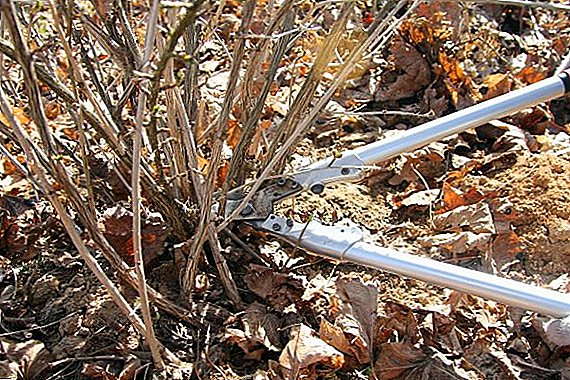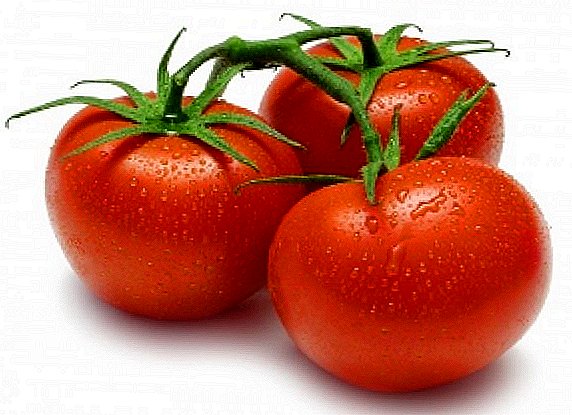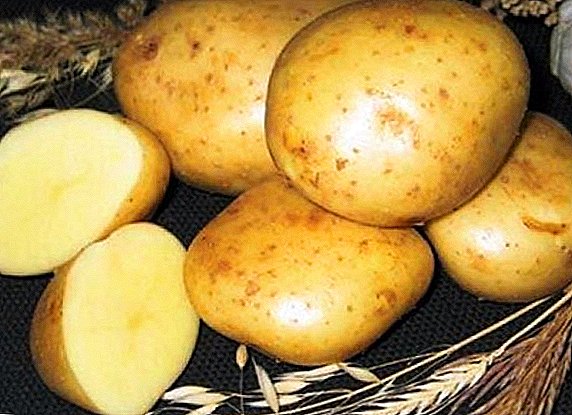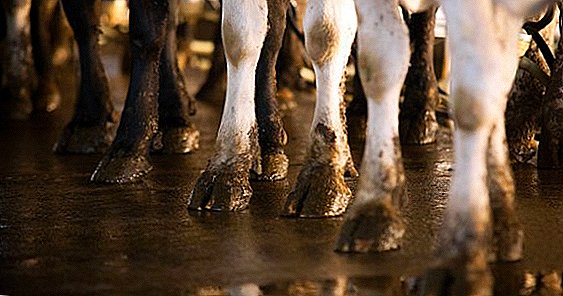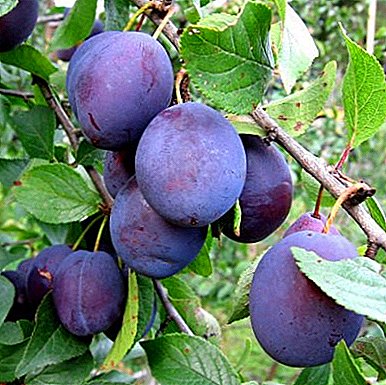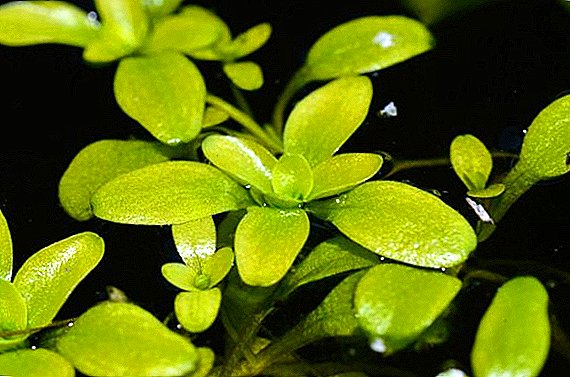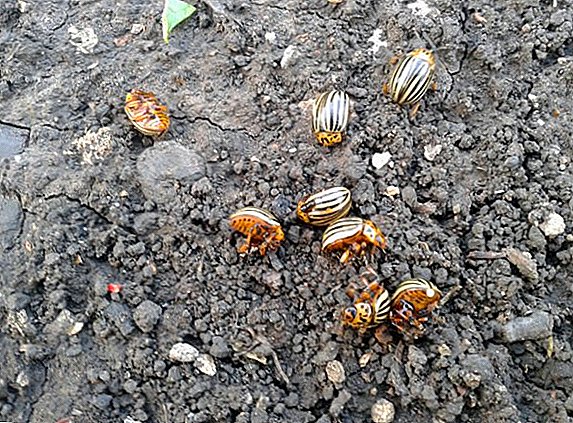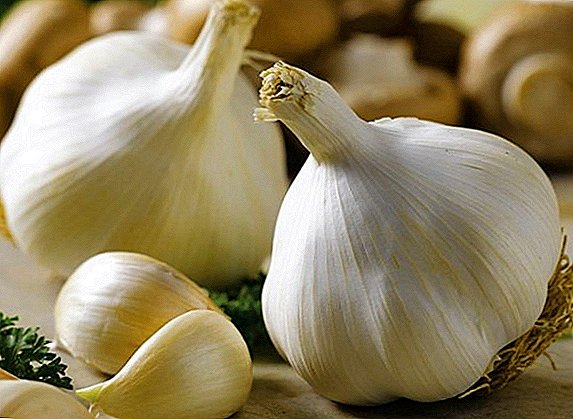 Caring attitude, good nutrition and caring for chickens make it possible to increase the productive indicators of poultry. To get the most out of it, poultry farmers seek to add various additives, herbs, and vegetables to their diet. That is why it is important not only to know what can be given to chickens, but also to understand what kind of benefits it will bring.
Caring attitude, good nutrition and caring for chickens make it possible to increase the productive indicators of poultry. To get the most out of it, poultry farmers seek to add various additives, herbs, and vegetables to their diet. That is why it is important not only to know what can be given to chickens, but also to understand what kind of benefits it will bring.
Is it possible to give garlic to chickens
Garlic is known in folk medicine primarily as an antiseptic, antiparasitic, anthelmintic and antiscorbutic. It is also applicable to the normalization of the gastrointestinal tract and cardiac muscle.
The ability of garlic to kill bacteria was proven in the 19th century by the famous French microbiologist and chemist Louis Pasteur. Garlic kills E. coli, Staphylococcus aureus, salmonella and Candida fungus.
Poultry farmers note the role of garlic in the prevention of coccidiosis and helminthic invasions. This property is due to its ability to increase the activity of phagocytes, T-lymphocytes, macrophages and killer cells.  Garlic greens can be given even to chickens. Garlic is suitable for chickens of all ages:
Garlic greens can be given even to chickens. Garlic is suitable for chickens of all ages:
- Garlic greens can be given to chickens from 1 month of age. In their diet, the norm of greens should be about 25 grams, of which green garlic is 1-2 grams.
- At the age of 30-60 days, the proportion of garlic can be no more than 20%, that is 3-5 g; 60-90 days - 5 g.
- In the diet of adult chickens of meat and egg breeds it can be 6-8 g with a rate of green about 38-42 g.
Important! Garlic enhances appetite. Therefore, it can not be introduced into the diet of hens suffering from overweight.
Beneficial features
Useful properties of components of garlic in the diet of chickens are:
- antibacterial;
- immunomodulatory;
- antioxidant;
- cleansing;
- antiparasitic;
- anti-sclerotic;
- anticoagulant;
- protective.
Read more about how garlic is good for the human body.
Contraindications and harm
There is no consensus about the effect of garlic on the beneficial intestinal microflora, which allows some researchers to suggest the dangers of garlic to the body.  It is known that onions and garlic are harmful to dogs and cats. But scientifically confirmed data on the dangers of garlic for the body of birds does not exist.
It is known that onions and garlic are harmful to dogs and cats. But scientifically confirmed data on the dangers of garlic for the body of birds does not exist.
Did you know? The American city of Chicago is named after garlic. Its name in translation from Indian means wild garlic.
What else can feed chickens
The basis of the chicken ration is cereals. Anything that does not apply to cereals may be present in food to one degree or another if it is beneficial:
- Proteins of animal origin are worms, snails, amphibians, which birds can find if they walk freely. If the hens are walking only in the aviary, they need to supplement the diet with these proteins. Boiled fish will perfectly satisfy this need of chickens.
- Vegetable proteins in large quantities are in the beans - that is why it is included in the diet of birds.
- Boiled potatoes boast high carbohydrate content. Carbohydrates - the main suppliers of energy in the body. A laying hen spends up to 40% of the daily volume of energy received per egg-laying. If the energy value of the feed is low, then the egg production rates will be the same. Meat breeds carbohydrates are necessary for good weight gain.
- The green component of the diet is herbs. You can, of course, pick any herbs, and the hens themselves will choose from them the right ones. But still, useful herbs are recommended - alfalfa, clover, knotweed, plantain, dandelion, nettle, quinoa.

Potatoes
Potatoes are controversial components. Opponents of adding potatoes to the diet of chickens indicate the presence of solanine in it, which can cause poisoning. Solanine is a poison of plant origin; green peel indicates its presence in potatoes. Potato tops are especially rich in solanine during flowering. Therefore, chickens should not be given tops toppers of potatoes and peeled potatoes.
We recommend to find out whether it is possible to feed laying hens with bread.
As for peeled potatoes, it is rich in carbohydrates (16 g per 100 g of potato mass), which are necessary for fattening broilers and poultry meat. Begin to give boiled potatoes for 15-20 days of chickens. Add the product gradually, starting from 3-5 g. By the end of the third month the volume of boiled potatoes reaches 100 g. Boiled potatoes must be kneaded with clean boiled water.
The water in which it is boiled cannot be used in feed. It is poured, because water by the end of cooking is a solution of substances that do not have a beneficial effect on the organism of birds. 
A fish
Fish is rich in calcium, which is necessary for the formation of the shell and helps to support egg production at a constant level. Just like many other products, fish should not be given to chickens in raw or salted form. Raw fish is dangerous with the possible presence of worms, and salted - with an excessive amount of salt, since it should be in food not more than 1 g per day. Raw fish must be boiled and chopped.
It will probably be useful for you to learn how to build a drinking bowl for chickens at home.
The rate of fish in the diet - no more than 10 g per week. Therefore, it should be included in the diet, breaking the dose 1-2 times a week.
Cabbage
White cabbage is a source of vitamins and microelements. The content of vitamin C in young cabbage is 10 times higher than in lemons. Vitamins C, U stimulate the regenerative processes in the cells. In addition, cabbage:
- improves the activity of the gastrointestinal tract;
- boosts immunity;
- removes slags and toxins from the body.
VIDEO: CABBAGE FOR COURSES - SOURCE OF VITAMINS Usually cabbage is given to adult chickens at the rate of 1 head of cabbage per week for a population of 5-8 chickens. In private households, the head of cabbage is suspended in a hen house and pecked by birds as needed.
It is not recommended to feed chickens from bowls or from the floor. We advise you to build one of these types of feeders for poultry: bunker, automatic or PVC feeder pipes.
Beans
Beans contain the maximum amount of vegetable proteins (7 g per 100 g of beans). Calcium and magnesium in its composition affect the formation of the bone apparatus and are necessary in the diet of laying hens. Fiber contained in it:
- helps in the process of digestion;
- cleanses the body;
- removes harmful substances.
Did you know? The aristocrats of medieval Japan were very popular onagadori cocks. Outwardly, they look like ordinary chickens, however, they have a unique feature - their tail feathers can grow continuously throughout the bird's entire life. Cases have been recorded when the tail reached 10–13 m in 10-year-old birds.
From whatever elements you make up the diet, remember - everything is good in moderation. It is impossible to change the ratio of grain and green fodder. New component is introduced into the diet gradually. To be absolutely sure what additives really affect the productive qualities of your chickens - keep a diary of weight gain or egg production.
To be absolutely sure what additives really affect the productive qualities of your chickens - keep a diary of weight gain or egg production.
Reviews




